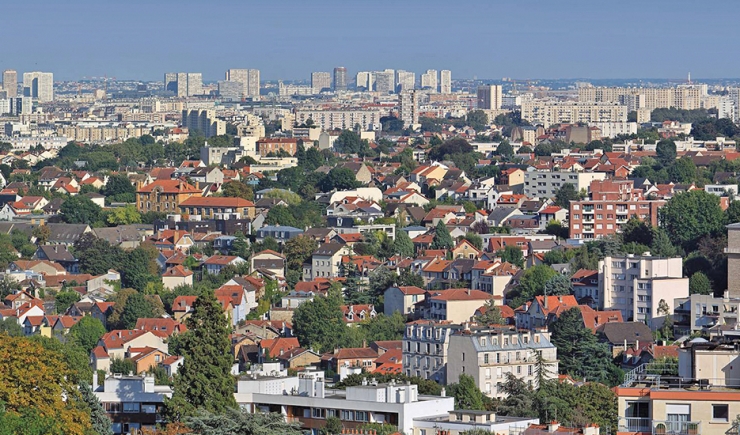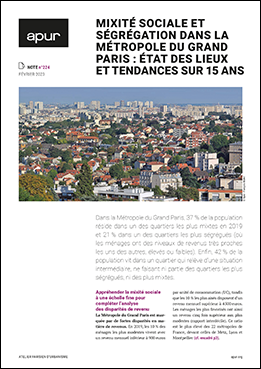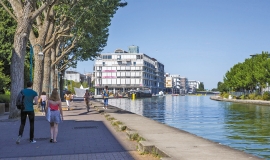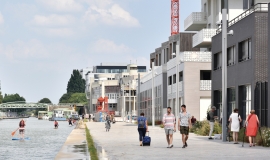This note offers a fine-scale territorial reading of Grand Paris’s residential mix and segregation.

In the study, segregation and diversity are analysed on the basis of income criteria and measured using the Theil index which establishes a score reflecting the differences between the distribution of of households by income category on the scale of 200 x 200 metre squares and the Paris catchment area.
Within Grand Paris Metropolis, the proportion of the population living in the most mixed neighbourhoods varies, according to the definition used, from 14% to 48% depending on the area. After Paris, the three territories of the Boucle Nord de Seine, Est Ensemble and Paris Est Marne & Bois appear to be the most diverse.
This territorial approach permits a fine scale mosaic to be formed. The overall situation of territories mask major disparities at a municipal and neighbourhood level, where the levels of segregation observed are particularly linked to the structure of the housing stock, with its diversity favouring mixed populations.
In 15 years, there has been an increase in the proportion of the population living in the most mixed neighbourhoods in most territories, however, there has been a slight decrease at the metropolitan level. The analysis of changes in levels of segregation and diversity on the scale of the squares shows that the greatest developments involve the most mixed neighbourhoods, justifying a specific examination of these neighbourhoods. Four paths of mix are analysed, in relation to the residential trajectories and/or the evolution of the standard of living of inhabitants in these neighbourhoods.
In the coming years, these trends could evolve with the Grand Paris Express coming into service, the developments linked to the 2024 Olympic and Paralympic Games, all the urban projects and the policies to combat socio-territorial inequalities.
For the publication of this study a round table was organised on 15th February 2023 in partnership with INSEE and the Urban School of Sciences Po, with the participation of Edmond Préteceille (sociologist, Director of Research Emeritus, Sciences Po), Marco Oberti (sociologist, University Professor, Sciences Po), Claire Colomb, (urban-sociologist, Professor of Urban Planning and Development Studies, Bartlett, University College London), Julie Vallée (geographer, Director of Research at CNRS, University of Paris 1 Panthéon-Sorbonne, Géographie-Cités) and Tommaso Vitale (Professeur of Sociology, Sciences Po, Dean of the Urban School).





